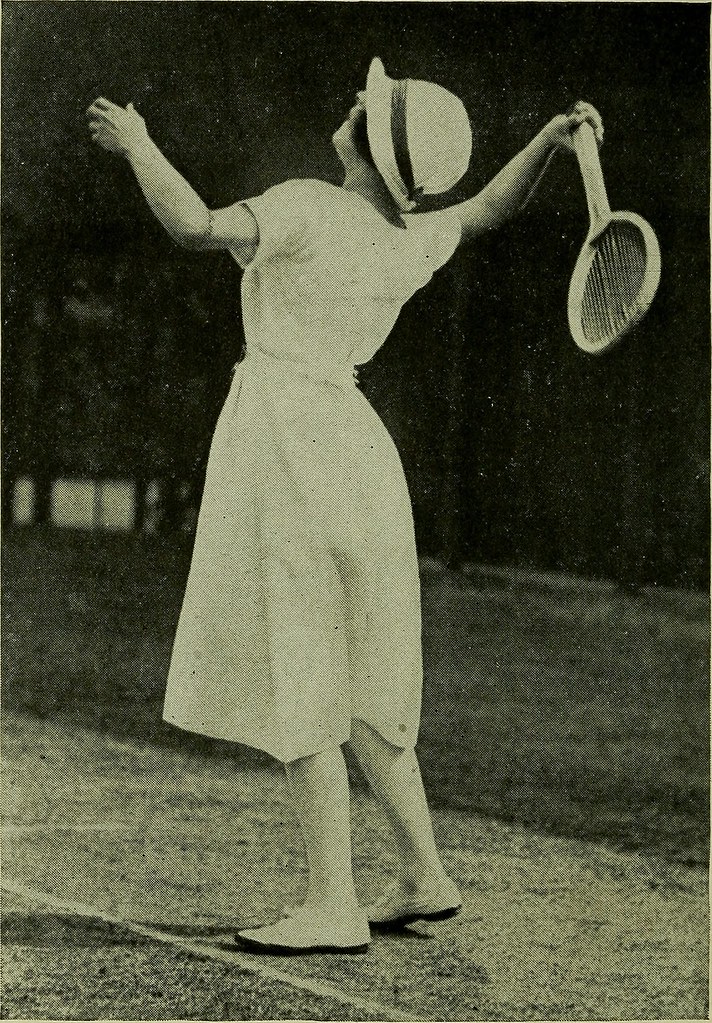

In tennis, players have a certain set of rules they must follow in order to land a legal serve. Players are supposed to serve by standing behind the baseline, which is the furthest line from the net on either side of the court. If a player is serving from the right side, then he or she is supposed to land the serve on the left service box on the other side of the net.

When a player tosses the ball to serve, till the time he or she makes contact with the racquet, no portion of his or her body should touch the baseline or invade the baseline. If it does, then the line umpire calls it a foot fault. Another mode through which a foot fault can be called is if the player’s foot crosses the centre mark of the baseline. There is no heavy penalty for a foot fault. Just like any other erratic serve, the chair umpire calls it a fault. Two foot faults in a row would be a double fault and the player loses the point.
Foot faults ensure that the server does not get any undue advantage by advancing into the court even before the ball is in play. Thus, one of the reasons that tennis players focus on is the jump they make in order to strike the ball mid-air before landing inside the baseline. Foot faults are more common at an amateur level. However, lesser number of umpires makes it difficult to detect at an amateur level. At the profession level, foot faults are very rare as pros have by then mastered a service rhythm of their own.




